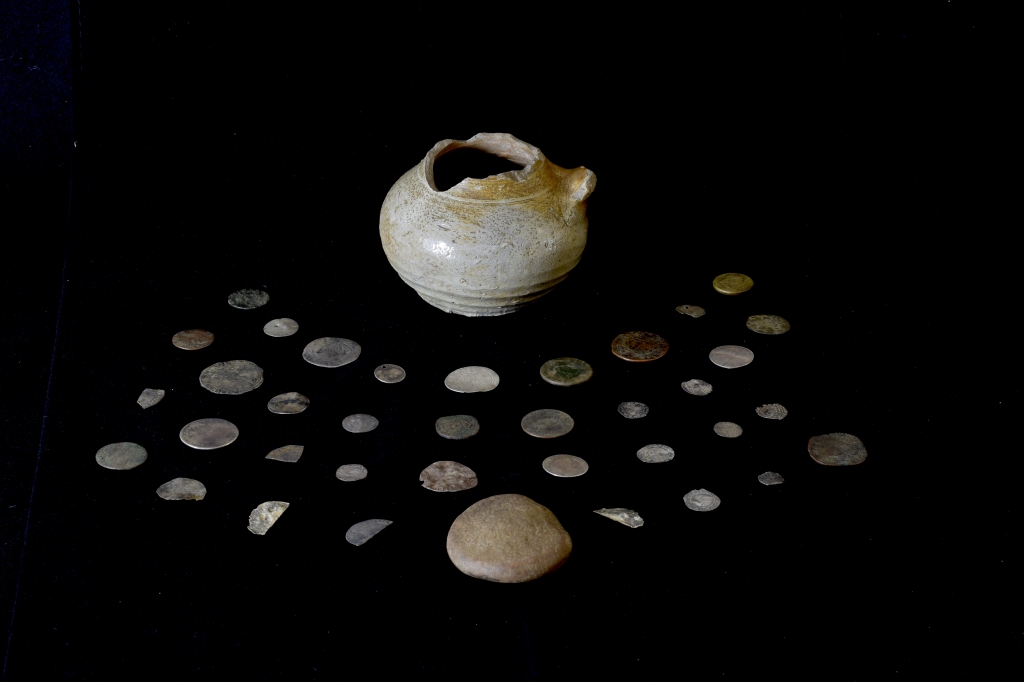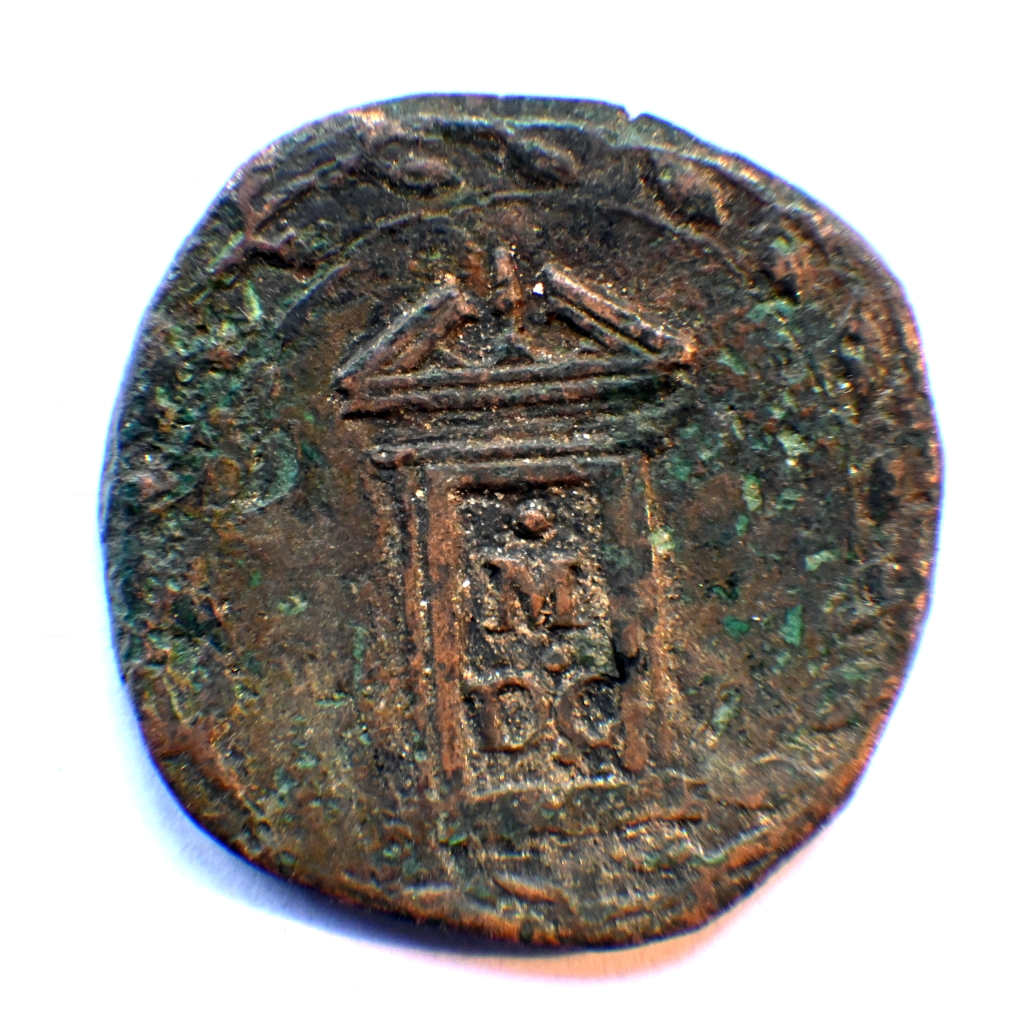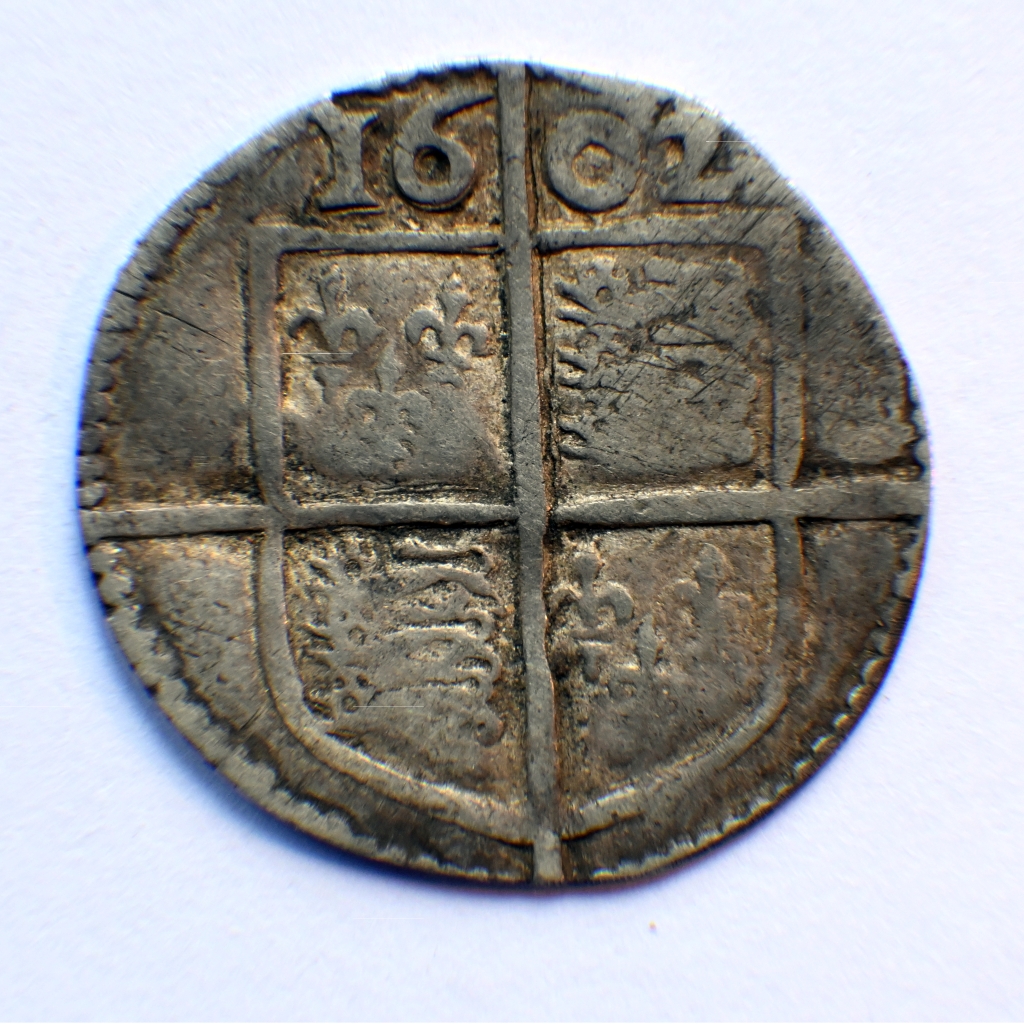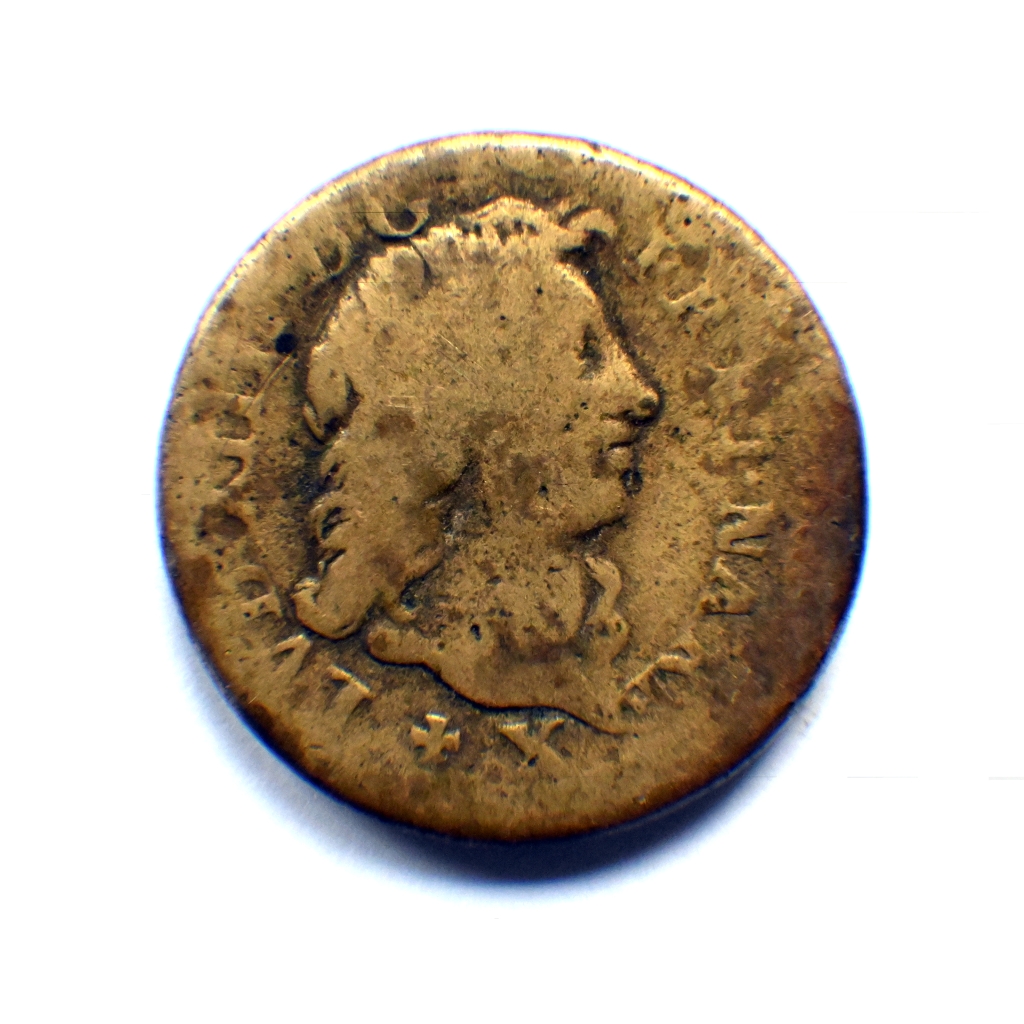During our 2023 Glencoe field school an exciting find was uncovered within the ‘summerhouse of MacIain’, a pot containing coins from the 16th and 17th centuries.

The pot, containing 36 silver and bronze coins, was discovered by student Lucy Ankers hidden beneath a slab within the grand fireplace. Inside, coins dating from the late 1500s through to the 1680s had been collected, including pieces from the reigns of Elizabeth I, James VI and I, Charles I, the Cromwellian Commonwealth, and Charles II. Interestingly, there were also coins from France, Spain and the Spanish Netherlands represented within the collection, as well as one coin which appears to have originated in the Papal States.

Alexander ‘MacIain’, chief of the MacDonalds killed in the Glencoe Massacre in 1692, is known to have travelled to Rome and Paris in his youth, so these may represent personal memento of his travels.

Other finds from the structure included musket and fowling shot, a gun flint and a powder measure which support the suggestion that this was used as a base for hunting. The imposing nature of the structure can be seen both in the array of imported dining wares from England, Germany and the Netherlands and the remains of what must have been an impressive fireplace and grand slab floor.

The pot of coins was buried hurriedly beneath the slab of fireplace; the ashes were swept aside, the pot with a small, rounded pebble for a lid was sealed within the earth below, then the hearth stone was replaced and earth was swept over the stone to conceal the hoard. The coins vary in date however none appear to have been minted after the 1680s making it possible they were deposited before or during the Glencoe massacre. We can imagine this series of actions might have occurred as MacIain was told of Glenlyon’s troops soon to be billeted in his townships and sought to hide valuables at this hunting retreat in case of trouble; or perhaps when news of the massacre reached the hunting lodge, members of MacIain’s household might have hidden the coins before they fled over the pass into Appin. Either way, whoever buried these coins did not return for them. The nature of the coins collected here, their origins and the story of their deposition make this a unique discovery and leave many questions to be answered and stories to be told.

The coins may represent currency used in gambling and gaming, with the European coins being used as gaming tokens. Gaming as a cultural activity is well recorded in Gaelic stories and poems from this region, and the material culture of gaming in the form of gaming boards and tokens have been identified at sites such as Finlaggan, Castle Sween and Dunstaffnage Castle.

The site of MacIain’s house has now been fully excavated and post-excavation analysis of the finds and environmental samples is now in progress, assisted by a team of enthusiastic archaeology students. The post-excavation analysis of the artefacts and environmental samples is now underway – look out for more updates from us as this progresses! You can find a digital model of the site here.
You can follow the blog for updates and to hear more about the excavations, survey and creative media the team have worked on.
– Edward Stewart (Excavations Director)

Leave a comment